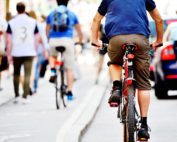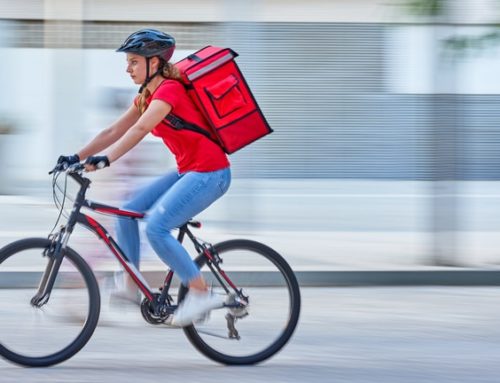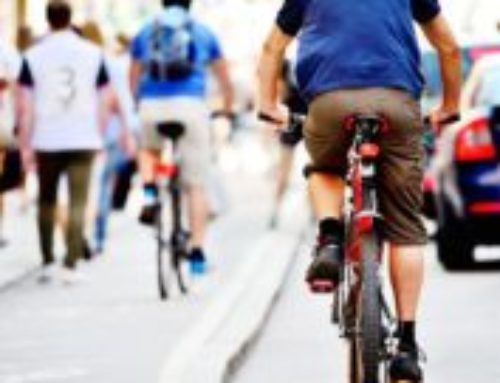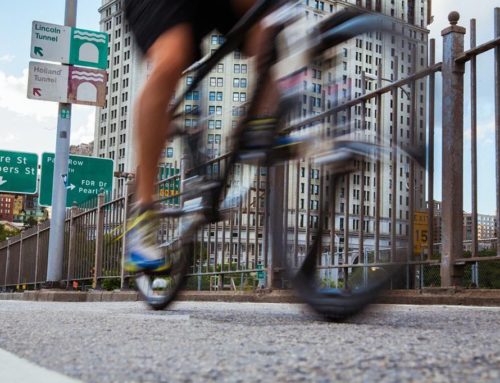COVID-19, a novel coronavirus, has stopped cities in their tracks. Businesses are shut down and transportation is limited. As of April 2020, nearly half of the world is under some sort of restriction or stay at home order. These restrictions range from limited movement to stringent lockdowns.
What happens though when you have to leave the house but there is no easy way to travel? What if you want to avoid all forms of public transportation? What if you live in a small apartment and need to get outside for some exercise? While these are questions that are asked now during the coronavirus, they may also be asked during any type of global health emergency. Surprisingly, an easy answer to all of these questions is to turn to the bicycle.
Reasons to stay at home
During a global emergency, governments commonly restrict movement and request that citizens stay at home as much as possible. This helps increase public safety by having fewer people out on the streets moving around. In health emergencies like COVID-19, it also helps slow the spread of the virus and makes sure that medical facilities are not overwhelmed.
Another reason to stay home is that the virus is new. We simply do not know enough about it to understand what we can and cannot do. It first appeared to mostly affect those over the age of 60. However, more and more younger people are having severe symptoms. There have also been more studies to show that people can be carriers of the virus and not display any symptoms. Until more is known about the virus, it is best to stay at home and practice social distancing.
History of the bicycle
The bicycle that we know, a double wheeled steerable device, was invented in the 19th century. The early models were heavy and did not have chains or brakes. It was also generally four feet high, which made it hard for most people to ride. As it evolved into a more easily rideable bike, it quickly became a symbol of freedom that allowed many people to travel who could not before. It even became a symbol of women’s liberation.
In many places around the world, the bicycle remains a trusted way to get around. This is true in both rural and urban areas. Some cities, like Amsterdam, have engrained the bicycle as a way of life for its citizens. Bicyclists have exclusive cycle-paths that are not open to vehicles or pedestrians. Cities like Amsterdam have demonstrated a trend of lower traffic accidents and fatalities when more citizens take to the streets on bicycles.
Bicycles have been used commonly in the past when a global emergency strikes. After severe earthquakes, roads can be damaged. A bike can maneuver the streets and help get a person from point A to point B. This includes getting essential medical help and supplies like food and water. Bikes are also used commonly when gas prices soar. It keeps the price of commuting down and helps lower the carbon footprint.
How a bicycle can help get you through a global emergency
The benefits of bicycles are the same, regardless of whether you are in a global pandemic. However, some of their value is significantly elevated during emergencies. Using a bike can help users avoid public crowds. This is especially important when there are government orders to social distance. For example, after orders were given in New York City to avoid others, the use of the bicycle for transportation jumped by 52%.
A bicycle is protection. It allows someone to get groceries or other necessities without having to get on a bus or a train. It can also be used by delivery services to ensure that their workers are not exposed to public transportation. Medical staff can also go to and from their work locations without fear of getting to close to someone who may be a carrier or be infected with COVID-19.
Bicycles are also helpful for exercise, even in the time of pandemics. You want to keep yourself as healthy as possible. Exercise and clean air may be impossible if you live in a small studio apartment with no outdoor access. A bicycle solves that problem. You can simply hop on your bike and go for a ride to both work on your fitness and get outside some. The best part is that you can do this without fear of breaking social distancing rules.
For more information, see our benchmarking report and more information on past benchmarking reports.






Leave A Comment